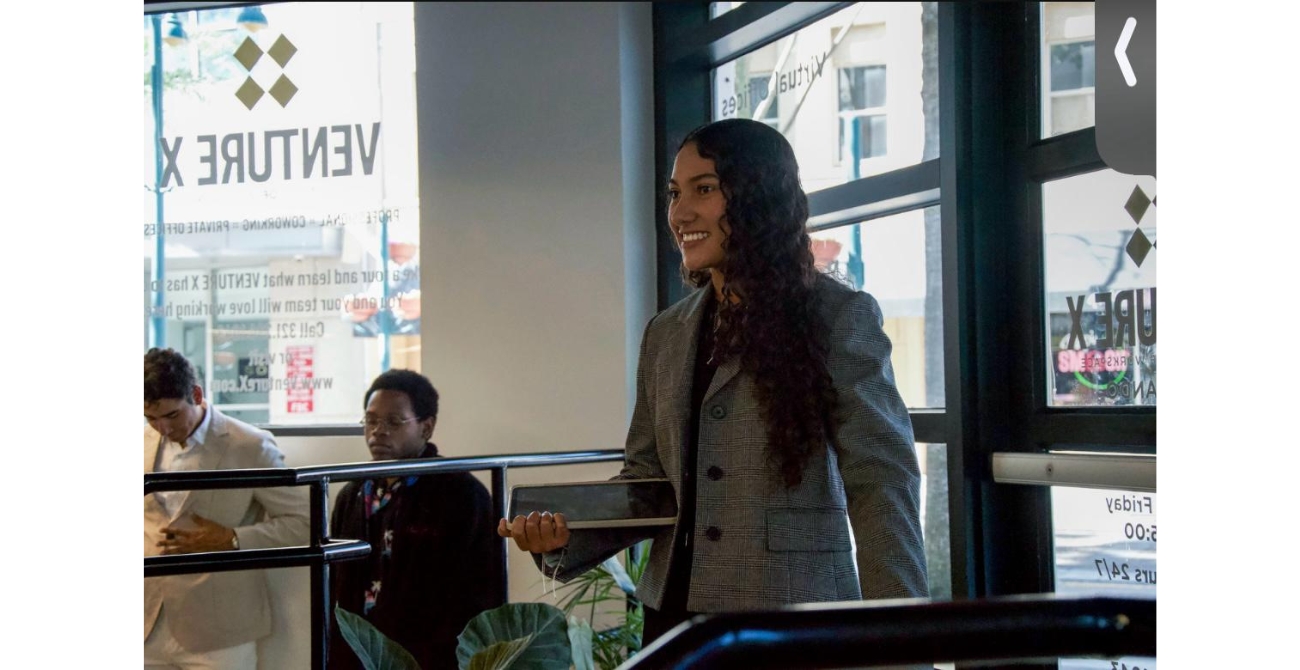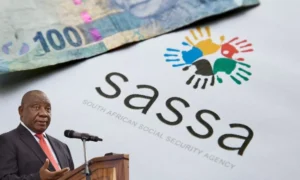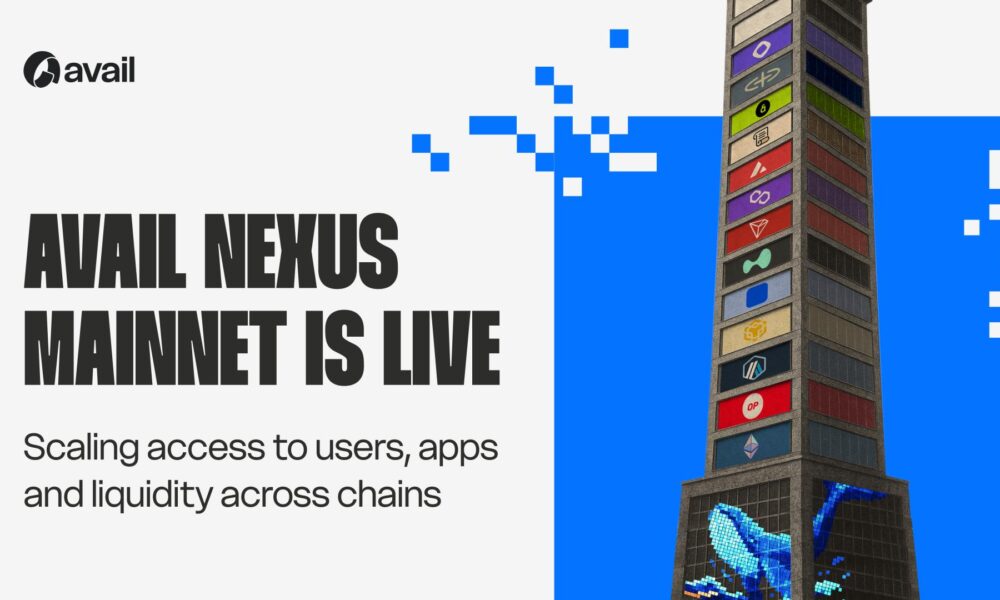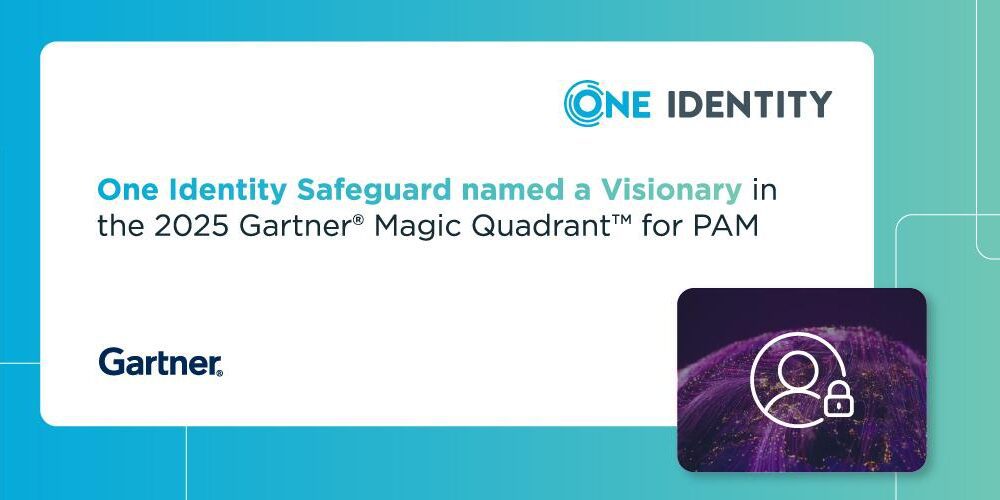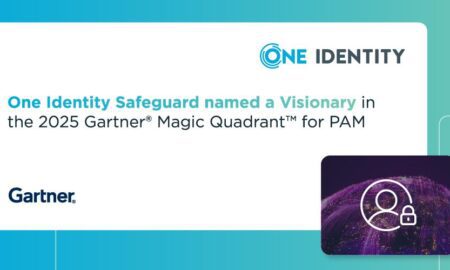When Valeria Gasca began analyzing the donor files at Inspire Marketing, she saw a familiar pattern that keeps nonprofit finance teams awake at night: encouraging bursts of one-time gifts followed by long stretches of silence. Revenue forecasts were volatile, acquisition costs were creeping upward, and the organization’s Latin American supporter base—passionate but periodically disengaged—was churning at alarming rates. “We were essentially starting from scratch every quarter,” Gasca recalls. “The challenge wasn’t reach; it was continuity.”
Her newly published case study, “Impact of Recurring Donation Strategies on Donor Retention in Latin American Communities,” chronicles how she turned that problem into a data-driven success story. In just a year, Gasca’s recurring-giving framework more than doubled donor retention, quadrupled conversion from one-time to repeat giving, and cut churn by two-thirds. Just as important, she demonstrates that the path to sustainable growth in Latin America hinges on culturally resonant storytelling and flexible payment cadences rather than one-size-fits-all appeals.
From Transactional Appeals to Relationship-Based Giving
Gasca’s entry point was deceptively simple: inspire supporters to see themselves not as episodic contributors but as members of a shared mission. Latin American culture, she argues, is deeply shaped by collectivist values—family obligation, communal welfare, mutual aid—which traditional Western fund-raising calendars frequently overlook. “A tax-year deadline may prompt a U.S. donor,” she says, “but an abuela in Bogotá wants to know how her monthly sacrifice helps the neighborhood clinic keep its doors open.”
To activate that impulse, Gasca replaced splashy campaign language with narratives focused on continuity and kinship. Field reports were rewritten to highlight how recurring gifts stabilized programs in real time—a child’s after-school stipend, a midwife’s monthly supply kit, a municipal water pump that runs because electricity bills are paid on schedule. Each story closed the loop between a donor’s last transfer and the immediate impact on a neighbor, reinforcing the idea that generosity is a living thread rather than a single stitch.
Designing a Mixed-Methods Test Bed
Gasca’s research design combined hard accounting metrics with qualitative listening. On the quantitative side, she tracked four key performance indicators across 12 months pre- and post-implementation:
- Donor Retention: up from 25 percent to 60 percent
- Donor Lifetime Value (DLV): average DLV rise of 25 percent
- Conversion to Recurring: 10 percent to 40 percent
- Donor Churn: down from 45 percent to 15 percent
Those gains were anything but cosmetic. Higher retention alone translated into steadier monthly cash flow, enabling staff to plan programs with confidence rather than contingency. Likewise, the 25 percent lift in lifetime value—driven by both amount and tenure—meant acquisition dollars now paid richer dividends.
To uncover the “why” behind the numbers, Gasca layered in donor surveys and structured interviews. Questions probed motivations, payment-cycle preferences, and emotional cues that sparked recurring enrollment. A logistic-regression model revealed that donors exposed to culturally tailored stories were 60 percent more likely to opt into a monthly, quarterly, or annual schedule (p < 0.01). Qualitative feedback echoed the finding: contributors said family-centric messaging, bilingual videos, and updates featuring local staff felt “authentic,” “close to home,” and “worth pledging to every month.”
Flexibility as a Function of Respect
One of the quiet insights in Gasca’s case study is how financial flexibility respects the economic rhythms of the audience it serves. Latin America encompasses donors with wildly different cash-flow patterns—salaried professionals in Mexico City, agricultural workers paid at harvest in rural Peru, Venezuelan migrants wiring micro-amounts to relatives. Gasca’s solution was to offer three cadence tracks—monthly, quarterly, and annual—each framed as equally heroic. “We didn’t want someone who could only pledge once a quarter to feel lesser than the monthly donor,” she notes. “What mattered was reliability on their own terms.”
That nuance paid off. Quarterly plans, rarely used in U.S. portfolios, resonated strongly in Argentina and Chile. Annual giving found traction among diaspora donors who send a single, sizable remittance each December. By refusing to crown one cadence “best,” Inspire Marketing let the donor choose a rhythm aligned with personal budgeting, thereby lowering psychological friction and reinforcing autonomy.
Technology That Listens First, Automates Second
From the outset, Gasca resisted shoehorning her strategy into off-the-shelf donor-management templates. Recurring gifts were treated not as a billing feature but as a relationship milestone. Transactional emails were rewritten into conversational check-ins—thanking supporters for “another month together” and previewing the next project on the horizon. A lightweight CRM integration tracked which stories each donor opened, allowing Gasca’s team to tailor subsequent updates around preferred focus areas (education, health, environment).
Automation played a role, but only after persona research clarified tone, cadence, and imagery. Predictive modeling classified new donors by probability of recurring conversion; those in the top decile received an invitation within 48 hours, while low-probability segments were nurtured with mission content before any ask. The result: open rates and click-throughs on follow-up appeals rose by 20 percent, making each outreach cycle more efficient.
Cultural Competence Drives Emotional ROI
Gasca’s study repeatedly returns to a central thesis: cultural competence is a revenue driver, not a side quest. Donors who felt “seen” through localized imagery, Spanish-first subject lines, and references to shared family rituals converted at meaningfully higher rates. Conversely, segments exposed to generic global messaging took longer to sign up, if they converted at all. This mirrors research by Sargeant & Woodliffe (2007) linking commitment to identity affirmation within the charitable relationship.
Moreover, donor comments reveal that recurring gifts reinforced cultural pride. One respondent from Medellín wrote, “Con mi aporte mensual puedo ser parte del cambio todos los días” (“With my monthly support I can be part of change every day”). That sentiment points to a powerful virtuous cycle: recurring givers internalize their philanthropy as an ongoing feature of self-concept, which in turn predicts higher lifetime value and advocacy.
Implications for Nonprofits Beyond Latin America
While Gasca’s project focused on Latin American communities, the blueprint carries lessons for fund-raisers worldwide:
- Root the ask in shared values. Whether community, faith, or justice, anchor each appeal in the donor’s worldview, not just the organization’s need.
- Offer cadence choice. Flexible planning beats rigid subscription models, particularly in regions with variable income streams.
- Prioritize storytelling over statistics—then prove results. Emotional narratives pull donors in; transparent metrics keep them.
- Use automation to personalize, not to standardize. Technology should amplify what makes each segment distinct.
These principles extend naturally to diaspora audiences, Indigenous communities, or any donor group whose cultural context shapes giving behavior.
Where Gasca Goes from Here
Looking ahead, Gasca plans to run longitudinal tracking to see if the 60 percent retention benchmark holds past the 24-month mark. She is also exploring partnerships with fintech platforms popular in Latin America (e.g., Mercado Pago, Pix) to reduce payment friction further and open micro-donation tiers for Gen Z supporters.
Meanwhile, her findings are already guiding Inspire Marketing’s other portfolios in Asia-Pacific and Africa, where early pilots suggest that similarly localized recurring models could double retention within those markets as well. “It’s not about copy-and-paste,” Gasca cautions. “It’s about listening first, designing with empathy, and then scaling what works.”
A Template for Sustainable Generosity
At a moment when nonprofits face rising acquisition costs and shrinking attention spans, Valeria Gasca’s study offers a compelling counter-narrative: donor loyalty is alive and well when cultivated through culturally fluent, relationship-centric giving pathways. By reframing recurring gifts as an extension of communal identity, she demonstrates how nonprofits can convert episodic generosity into sustained partnership—yielding financial predictability for organizations and a deeper sense of belonging for donors.
In the words of one survey respondent who switched from a single $50 gift to a $15 monthly pledge, “Mi compromiso ahora es permanente” (“My commitment is now permanent”). For Gasca, that sentence captures the heart of her work: turning fleeting moments of goodwill into lasting bonds that power change—month after month, community by community.

